 Wednesday 25th November 2015
Wednesday 25th November 2015
A five-year pilot study by a team of Southern Cross University researchers has identified four elements critical to creating an ‘outstanding’ school.
The results of the study have been published in a book titled ‘Creating the Outstanding School’, authored by Professor David Lynch, Jake Madden and Tina Doe.
Professor Lynch said governments across the globe were calling on schools to improve the teaching and learning performance of their schools.
“Socio-economic success in a technologically based global world is requiring all citizens to have high standards of education,” Professor Lynch said.
“The challenge for school principals, who are charged with implementing such school reform agendas, is making pragmatic sense of the enormous volumes of largely disparate education research being conducted around the world.”
The pilot study, conducted under the leadership of Professor Lynch, was undertaken at a Coffs Harbour primary school. The first challenge for the research team was to define what was meant by ‘outstanding’ school.
Professor Lynch discussed the study – how to define an outstanding school, and how to create an outstanding school – in this interview on the ABC:

 Tuesday 1st December 2015
Tuesday 1st December 2015 Wednesday 25th November 2015
Wednesday 25th November 2015 Monday 16th November 2015
Monday 16th November 2015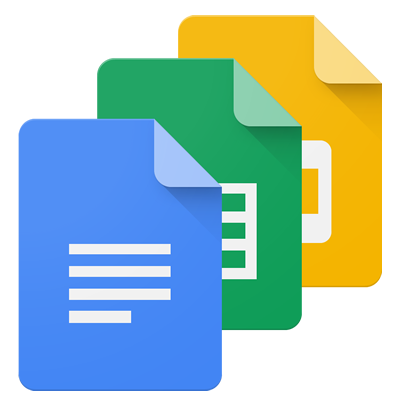 Thursday 3rd September 2015
Thursday 3rd September 2015 Thursday 27th August 2015
Thursday 27th August 2015 Monday 24th August 2015
Monday 24th August 2015
 Monday 10th August 2015
Monday 10th August 2015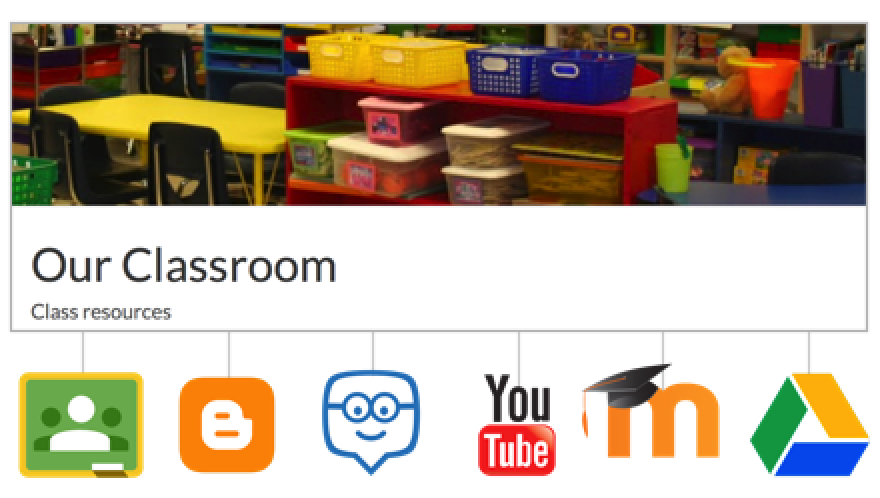 Monday 3rd August 2015
Monday 3rd August 2015
 Monday 27th July 2015
Monday 27th July 2015 Thursday 23rd July 2015
Thursday 23rd July 2015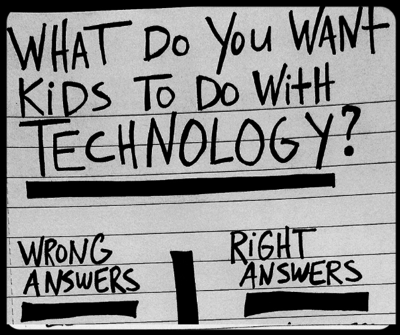
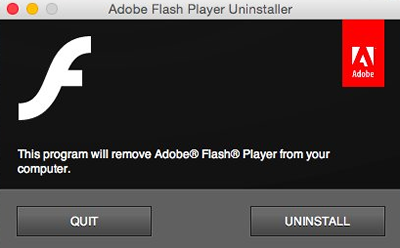 Wednesday 15th July 2015
Wednesday 15th July 2015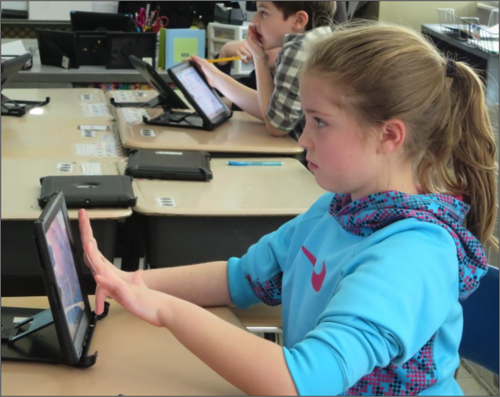 Monday 22nd June 2015
Monday 22nd June 2015 Friday 19th June 2015
Friday 19th June 2015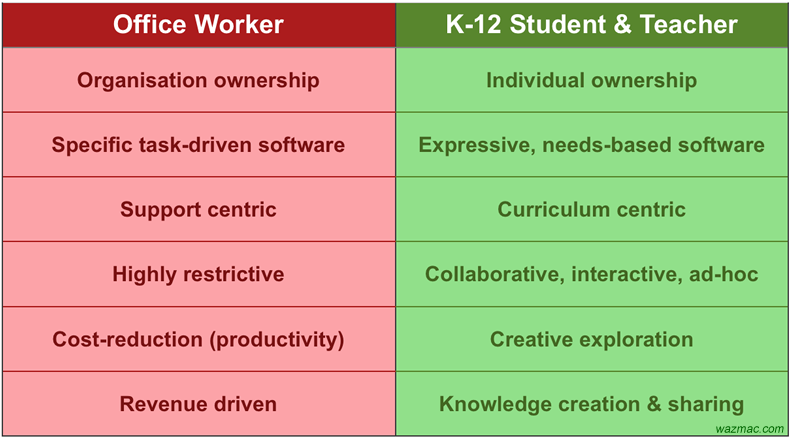
 Tuesday 9th June 2015
Tuesday 9th June 2015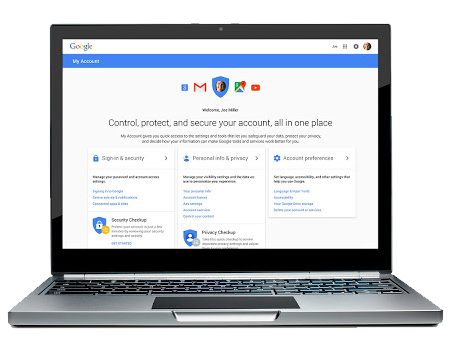 We’ve all been there at some point or another…
We’ve all been there at some point or another…